Black Diamond meets the snow safety scientist behind the Livigno Freeride Project
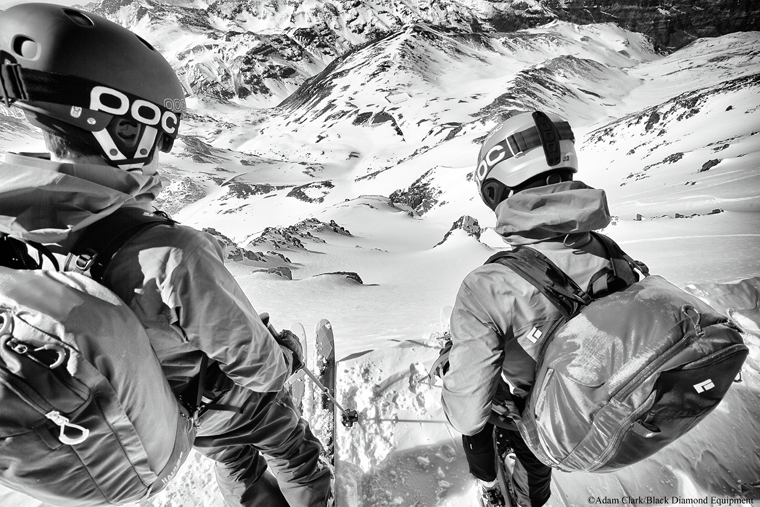

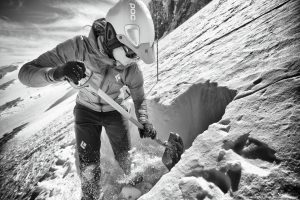
And although the sheer joy of skiing an over-the-shoulders run or standing on a jagged summit is a large part of what compels us, fear and consequence are ever-present companions as well—either enriching the experience beyond words or, in a heartbeat, becoming our worst enemies.
Backcountry snow sports became also a strategic resource for tourism of many alpine villages. In order to prevent accidents, this trend demands for an increased awareness of the people for avalanche related risks.
Fabiano Monti, Walter Steinkogler and Christoph Mitterer, Michael Lehning and Andrea Pozzi, researchers at the WSL in Davos and at the Univerita degli Studi dell’Insubra, Italy are working together in their start-up company ALPsolut, which provides state-of-the art scientific products for practitioners and the general public, initiated in Livigno the “Livigno Freeride Project” to tackle this problem.
The purpose of the project is to not only open the backcountry for all activities but also improve the risk management for snow avalanche problems.
Black Diamond have been talking with Fabiano Monti about the approach of the Livigno Freeride Project, their planned next steps and his tips for a trip out in the backcountry.
Actually, I often try to work out how it happened… but I cannot really figure it out! When I finished high school I just wanted to ski and snowboard, so I moved to Sondrio and started working in a sport shop, skiing all time and studying Economics at the university in the spare time. This worked for a couple of years but after a lot of skiing and very few exams at the university I had to think about what to do in my life.
Since becoming a professional snowboarder was unlikely I changed university and started looking for other excuses for being on the mountains as much as possible. Though my mom is always telling me I was fascinated by snow since I was a kid, so perhaps this happened naturally.
Once I was in the avalanche world I figured out that the transfer of knowledge between science and practice was not so fulfilling. Thus I thought I could be helpful in trying to improve that. Sometimes science are far from useful for practitioners, but often scientific nerds can really help in saving lives. This really keeps me motivated.
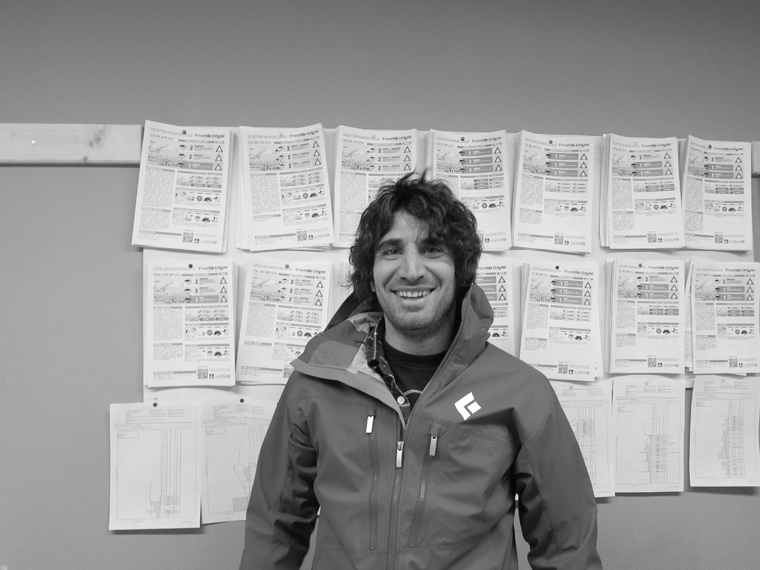
Problems relating to the personal reliability make backcountry management quite difficult. Therefore, the off-piste activities are often limited, especially in Italy. The idea behind the project is quite simple: we provide the best information possible about snow stability conditions and we tell the people how to interpret and use this information. Then, everyone is responsible for their decisions and can decide whether to go or not. If someone is not sure about how to do this, they can always hire a professional.
After starting the project, it became more and more complex because we realized there are many activities which could be optimized while assessing the avalanche danger, like risk management of the roads, heliskiing, environmental protection, education and communication. Thus we are trying to integrate everything.
The first goal was to open off-piste skiing for all recreational skiers in the Livigno area. This was, until last season, not allowed so offered a huge change. We had very good feedback for this, both from the customers and professionals, and saw far more freeriders coming to Livigno for skiing. This was pretty cool. On the down side our lines were tracked a bit more than previous years but there is still plenty of space for everybody.
Next winter we will improve the way we communicate our project, we will install big screens both in the resort and in the village on which we can display all the info we think is more important. We will work on an app for the backcountry activities and we will work on supplying a freeride map with terrain classified according to avalanche exposure.
Moreover we will organize an event: the Livigno Freeride Festival*.
I finished my work at the Swiss Avalanche Research Center SLF in Davos but I wanted to stay in contact with them, working together for improving the practical applications of their findings. Livigno is just 1 hour away, located in the middle of the Alps and has some very cool ski terrain. It’s also a great place to live: many young people (and therefore many parties), nice food and good biking for the summer. It has been the perfect location.
As soon as I proposed our ideas to them, they were super interested and really helped to make it happen
I think the general idea behind the project could be applied to each mountain resort, but it needs to be adapted for each particular situation. For example, different terrain requires different management approaches: we cannot manage the safety in the same way in Chamonix as in the Jura range.
Yes, we collaborate with the SLF and the national avalanche centres in applying the scientific findings to practical problems. In particular we are working towards providing the avalanche forecasters information about snow cover stratigraphy and stability based on automatic weather station data.
Modeling provides the snow cover characteristics and has the potential to improve the spatial and temporal resolution of snow stability information especially in those days when the avalanche danger is too high for collecting the data manually in the field.
There is a simple, classic approach that for me it is still the most useful: you need always to consider the conditions (weather and snow), where you want to go (terrain) and with whom you are going. You must always consider all these three factors. Your safety changes as soon as one of these factors changes. For example, there is a huge difference if you approach complex terrain in reasonable conditions or with a hangover. No real hard-science tips for this I’m afraid!
I would skip forums and non professional websites. If I have to choose one, I would recommend whiterisk.ch; you can find information on snow, safety, rescue and plan a tour as well.
As before, I would still follow a classic approach: always keep in mind the three variables (conditions, terrain and human factor) before heading out; if anything changes, the safety needs to be reevaluated. Then a practical tip could be to try to keep your mind free and ready to change the plans. This does not only mean to be ready to turn back, but even to push harder if the conditions are better than expected. So don’t leave your house with a single idea, have several options in mind and do what it is best for the situation.

I could say try to stay on the surface of an avalanche, but those who ‘tried’ will confirm that this is not an easy task.
I would be more focused in trying to not be caught in an avalanche at all. Or, at least, to constantly re-evaluate the potential consequences of when an avalanche might release. There is a huge difference if you are approaching a tricky slope which ends in a cliff or or if you are on nice flat terrain. The final decision whether to go or not go could be different in these two cases. So we need to evaluate not only if there is the probability to get caught by an avalanche but also the potential consequences from it.
Statistics show a constant increase in backcountry activities over the last 20 years. The same goes for accidents but not for the number of victims, which means the new equipment is helping. For sure we need to work more on the education, the best safety tool we have is our brain, so we can learn to use equipment better. And by education, I don’t only mean knowledge of snow, rescue and so on but even improving the awareness related to the activities we like to do in the backcountry. They are always more or less risky and we need to be conscious about the consequences of our actions.
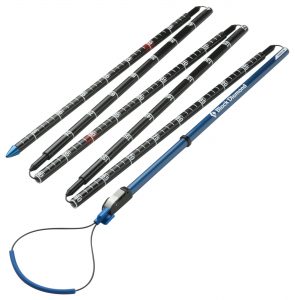
I do not have a fixed list. It depends on the conditions. A shovel, probe and beacon are not even a choice. They are always in!
Generally, I don’t like restrictive rules on the mountain too much. I believe that we should THINK more about our own actions and also take the responsibility for them.
That is hard to say. I think the difference is made by several small steps in the right direction. The new 3-antenna beacons make searching much easier, especially if you are not so experienced. On the other hand there are better shovels and probes. Avalanche airbags are a nice thing as well, but their usage should be better understood by the people. They are definitely not the final solution of the problem.
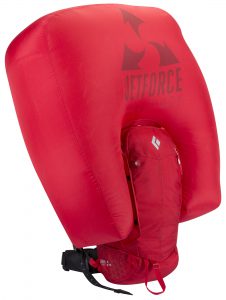
I was once stopped at Calgary airport because of a gas cartridge in my hand luggage and almost lost my connecting flight. JetForce has the potential to solve this problem. Another advantage is that you can deploy the bag several times, but I hope that not too many people have to take advantage of this! Nevertheless, having the possibility to deploy the bag several times offers the best option for training and becoming familiar with the system. So, in case of an avalanche you trigger the bag intuitively. I am really looking forward playing a bit with this product next season.
It’s important for us to have a strong partner developing endurable equipment that can be reliably used in the harsh conditions of our outside office: the mountains of Livigno. With Black Diamond we found the best option: technical material, willingness to steadily improve the equipment and, last but not least ,really cool and good-looking stuff – in Italy that is a big deal!
I also have to admit that meeting with the BD guys for work and beers is really fun as well!
Last year I used the Convert Carbon skis. They performed great: light, easy to use, and still manageable with hard snow conditions. Just the perfect machine for touring with powder around.
I would say we should work on developing tools for preventing avalanches and not just on products which help to reduce the consequences. This is a really hard task, but it can come from developing new instruments or new tools for helping in decision making – for example a new probe was recently presented which automatically provides a hardness profile.
Yes, I had two close calls and in both cases the solution would have been the same: think more about what I was doing, but judging the events when they have already occurred is of course much easier than trying to avoid them. Answering the question of whether a slope is really safe is often hard and requires much experience. The question seems easy, but the answer is not as easy as it could appear.
*Take the chance to educate yourself at the Livigno Freeride Festival 31.01.2015 – 04.02.2015, Black Diamond will also have a booth and showcase the newest Snow Safety gear including the award winning Jet Force technology.